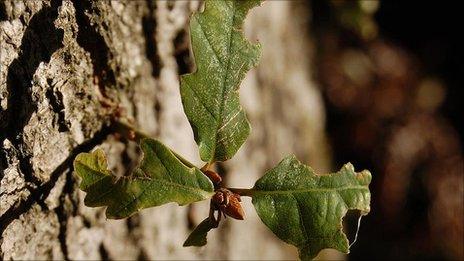Trees: A personal and national legacy of Evelyn's Sylva
- Published
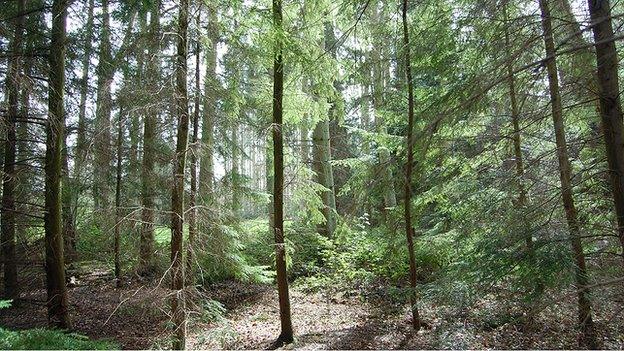
The survival of the nation's woodlands depend on long-term management and planting programmes
If you take a stroll through one of the nation's long-established woodlands, there is a good chance its management was inspired, influenced or even instructed by John Evelyn's Sylva.
Widely recognised as the first comprehensive study of UK trees, Sylva, or - to give its full title - A Discourse of Forest Trees, and the Propagation of Timber in his Majesty's Dominions, made its first public appearance in 1662 as a paper submitted to the newly formed Royal Society.
Two years later, it was published as the Royal Society's first book and went on to not only shape people's knowledge but the landscape itself.
Why has John Evelyn's Sylva, published 350 years ago, stood the test of time?
And it was an instant success, proving popular beyond its intended audience of wealthy aristocratic landowners, who were urged by Evelyn to plant trees in order to replenish the nation's depleted timber stock.
Four editions were produced during Evelyn's lifetime, and the book is still widely quoted and remains in print and freely available online, external 350 years after its first publication.
Although Evelyn posthumously would go on to be best known for his diaries, external that recorded some of England's defining historic landmarks - the Civil War, the great plague and the fire of London - he was best known as a horticultural pioneer by his lifetime peers, which included Pepys, Locke and Hooke.
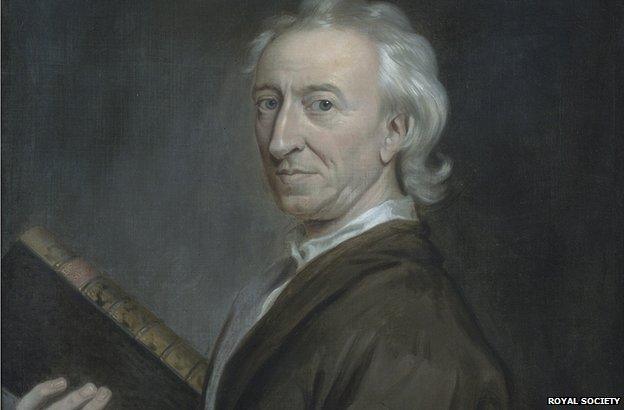
John Evelyn spent the remaining 44 years of his life producing four editions of Sylva
He designed his first garden when he was 22 years old, two decades before he penned Sylva.
It was as a young man, after deciding fighting as a Royalist in the Civil War was not the best career choice, that he travelled across Europe and became fascinated by the formal gardens of France and the expansive grounds of Italy.
On his return to England, he continued his work in the garden of his home at Sayes Court in Deptford, South-East London.
Being located near the Royal Dockyard on the Thames allowed Evelyn to experiment with newly arrived botanical delights, testing how the flora fared in his English country garden.
His attention to detail, and the careful recording of his observations reflected the appetite for empirical evidence among the early pioneers of modern science.
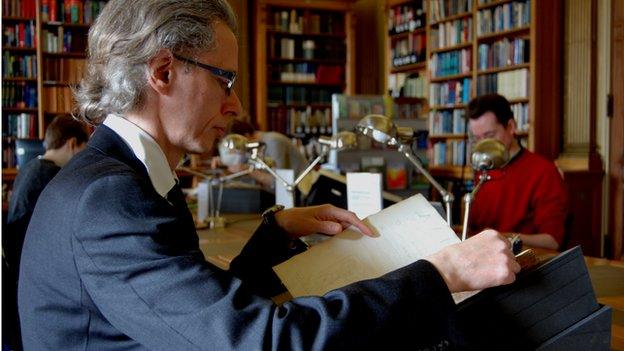
The Royal Society's Keith Moore on Sylva: "It was exactly what the... Society was interested in at that time"
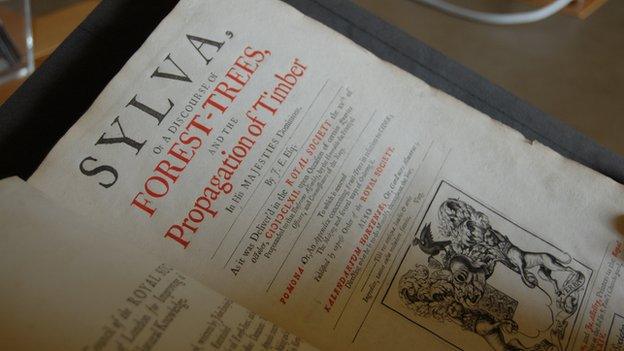
The book's primary audience was wealthy landowners but proved popular with a much wider readership
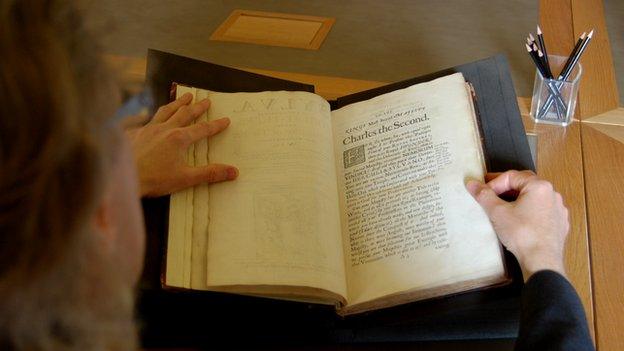
The book was dedicated to Charles II, who owed his life to an oak in which he hid to escape capture in 1651
"He was one of the early fellows of the Royal Society, which was created in 1660 as a scientific organisation, and Evelyn had spoken with the fellows about his work in this area and it very much chimed with the Society's early objectives," explained Royal Society head librarian Keith Moore.
"Quite clearly, Evelyn's work in planting forest trees and harvesting the products from them - whether it was wood or apples - really hit the mark; it was exactly what the Royal Society was interested in at that time."
And so the seeds of Sylva's success were planted, as landowners heeded Evelyn's advice.
"Of course, you have to remember that this was after the Civil War so trees across the nation had been denuded as part of the war effort but, as Evelyn himself says in the book, as a result of industrial activities - such as glass making - people were chopping down trees, therefore they had to be replaced," he told BBC News.
"Also, he uses the phrase 'wooden walls' - [trees] were very important for the defence of the nation through ship building."
Sowing seeds
Although Evelyn produced structured designs for gardens, he favoured a much less formal use of trees.
He favoured woodland "wilderness", a preference that - it has been suggested - sowed the seeds of the 18th Century's Landscape Movement, which included the likes of Capability Brown.
Mr Moore believes Evelyn's style of writing, which interwove practical advice with poems and stories from classical texts, contributed to Sylva's longevity.
"It is such a comprehensive text; there are a lot of interesting things in there and he is really engaged in his subject. He can express that and I am sure that current tree specialists must love that," he observed.

Species such as beech are appreciated as much for their timber as they are for their aesthetic value
The lasting legacy of Evelyn's vision to sustain the nation's timber supplies was highlighted in 1812 when the book was republished as a call to arms to the nation's landowners as the Napoleonic Wars took their toll on timber supplies.
And there were echoes of Evelyn in 1919, the year in which the UK's Forestry Commission was established to increase tree cover, which had fallen to just 5% as a result of the demand for timber during World War One.
Today, trees are back in the headlines and on the political agenda. To coincide with the original book's 350th anniversary, two authors have written The New Sylva, a timely updated version for the 21st Century to highlight the strategic, economic and ecological importance of trees.
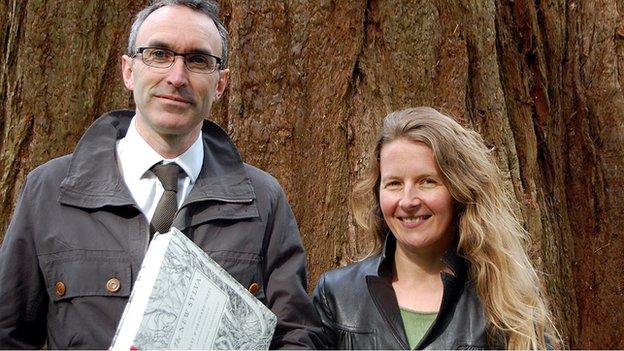
Authors Gabriel Hemery and Sarah Simblet hope The New Sylva will help people embrace the idea of wood culture
"I felt there was a real need to reintroduce the idea of wood culture in Britain today," explained co-author Gabriel Hemery, a silvologist and chief executive of the Sylva Foundation.
"Trees are more important than at any time over the past few hundred years because they have the ability to help us to adapt to climate change, to produce more green materials for the future, while producing a wonderful, beautiful countryside at the same time."
Speaking amid the trees of the University of Oxford's Harcourt Arboretum, Dr Hemery observed: "As well as [being] a beautiful location, it is also a managed woodland at the same time.
"One of the core purposes of The New Sylva is to help people to manage and work with trees better."
Dr Hemery explained that the latest book has also seen the arrival of illustrations, which were absent from Evelyn's editions. The book contains more than 200 original ink drawings by co-author Sarah Simblet.

The New Sylva, unlike Evelyn's original, is illustrated with more than 200 drawings of 100 species
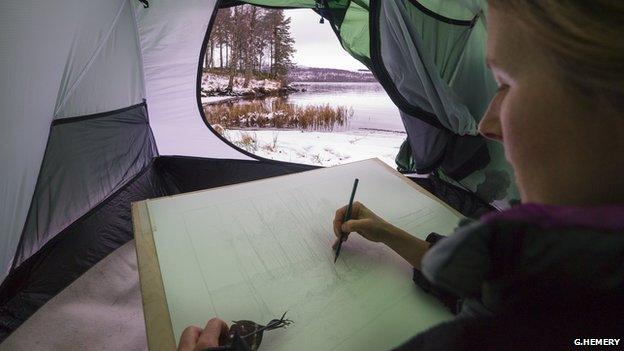
Sarah Simblet travelled far and wide to find specimens and scenes to feature in the book
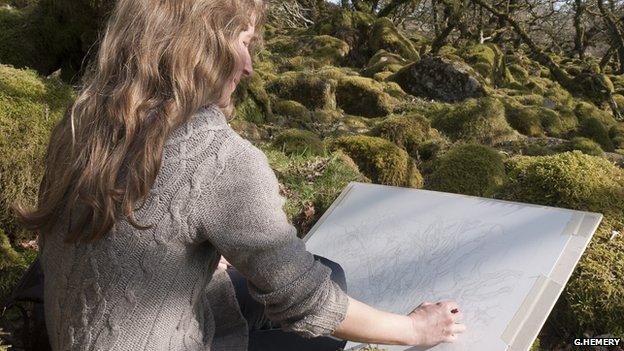
Trees appearing in The New Sylva range from specimens in arboretums to oaks in ancient woodlands
Dr Simblet explained how she struck the balance between the need for scientific detail and finding the space for artistic impression.
"It is something that I have grown to do naturally through, first of all, understanding what it is about this species that I need to explain and how to differentiate it from its closest relative," she told BBC News.
She added that she achieved a better understanding of the specimen she was working on by holding it in one hand while drawing it with the other.
"This translates straight into the drawing and helps capture the expression of that particular species. I am trying to get personality, texture, scent, volume, form, light and articulation."
When it came to finding the perfect specimen, Dr Simblet said it was necessary to leave her studio and get up close and personal with nature.
"I go for very long walks through the woods to find my plant material," she explained.
"For this particular project, I researched my 100 species in advance; I walked for weeks as I had about 100 trees around Oxfordshire.
"I visited regularly at six o'clock in the morning to watch them growing, to see the buds developing and flowering so then I could go back and collect them at just the right time."
Growing passion
An old Chinese proverb captures the underlying message of both Evelyn's Sylva and The New Sylva: "The best time to plant a tree was 20 years ago; the second best time is today."
A long-term outlook and commitment are essential in order to ensure the future success of forests and woodlands, as any forester will attest.
Does Dr Hemery think the UK woodlands are in safe hands?
"We have to be in it for the long term," he told BBC News.
"One of the things that I hope the book encourages people to think about is that we are beholden to have a responsibility beyond our own lifetimes because what we do now will have a knock-on effect for generations to come.
- Published9 October 2013
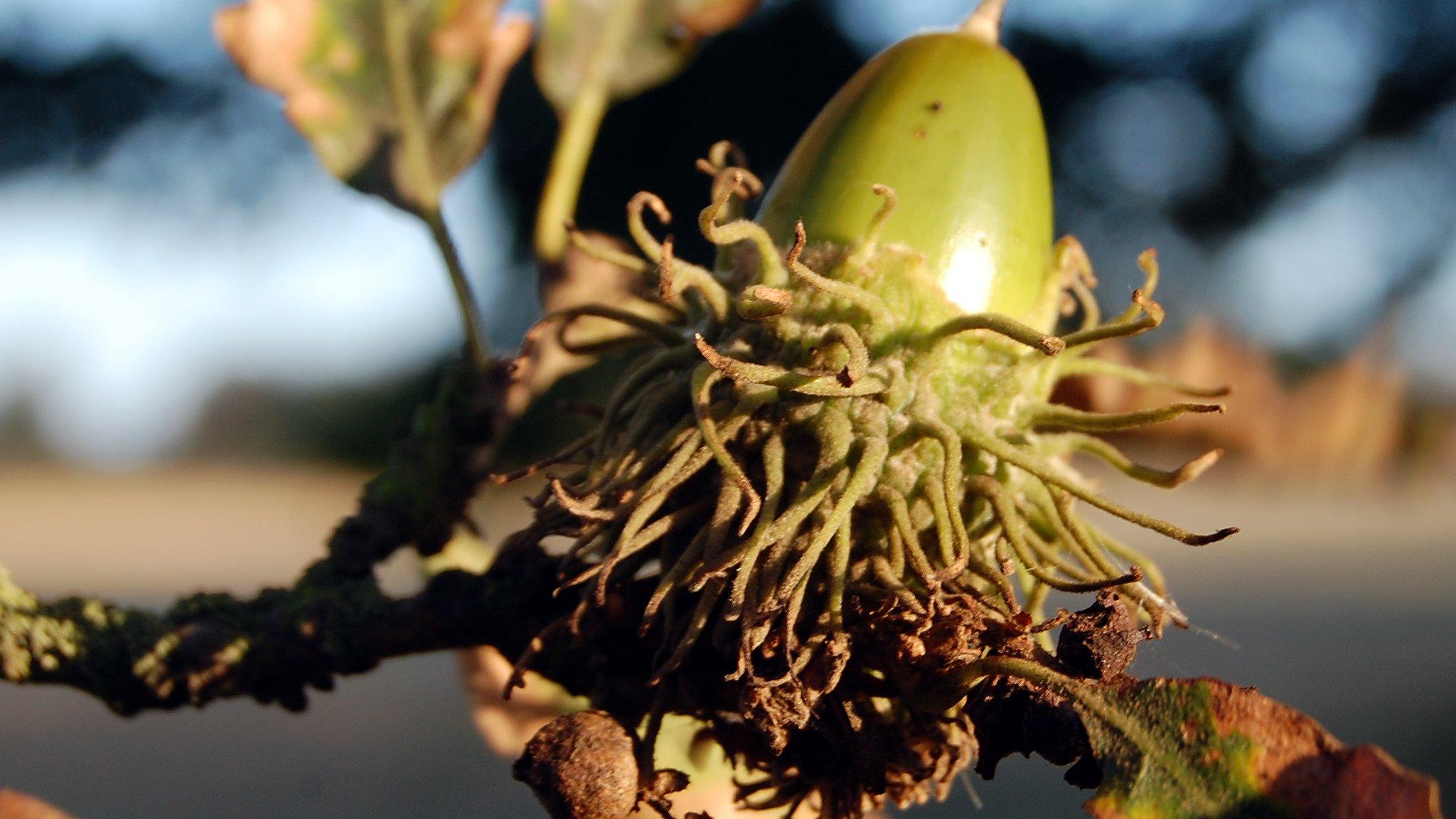
- Published11 March 2014
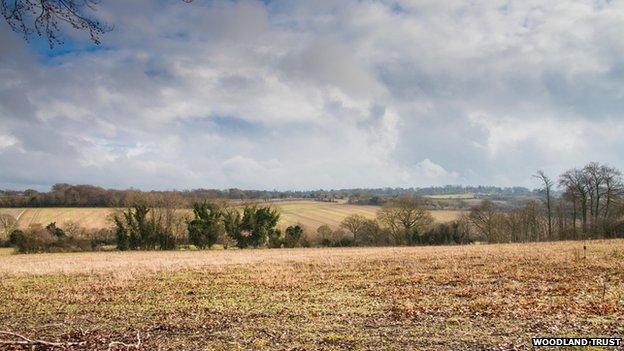
- Published14 September 2011
